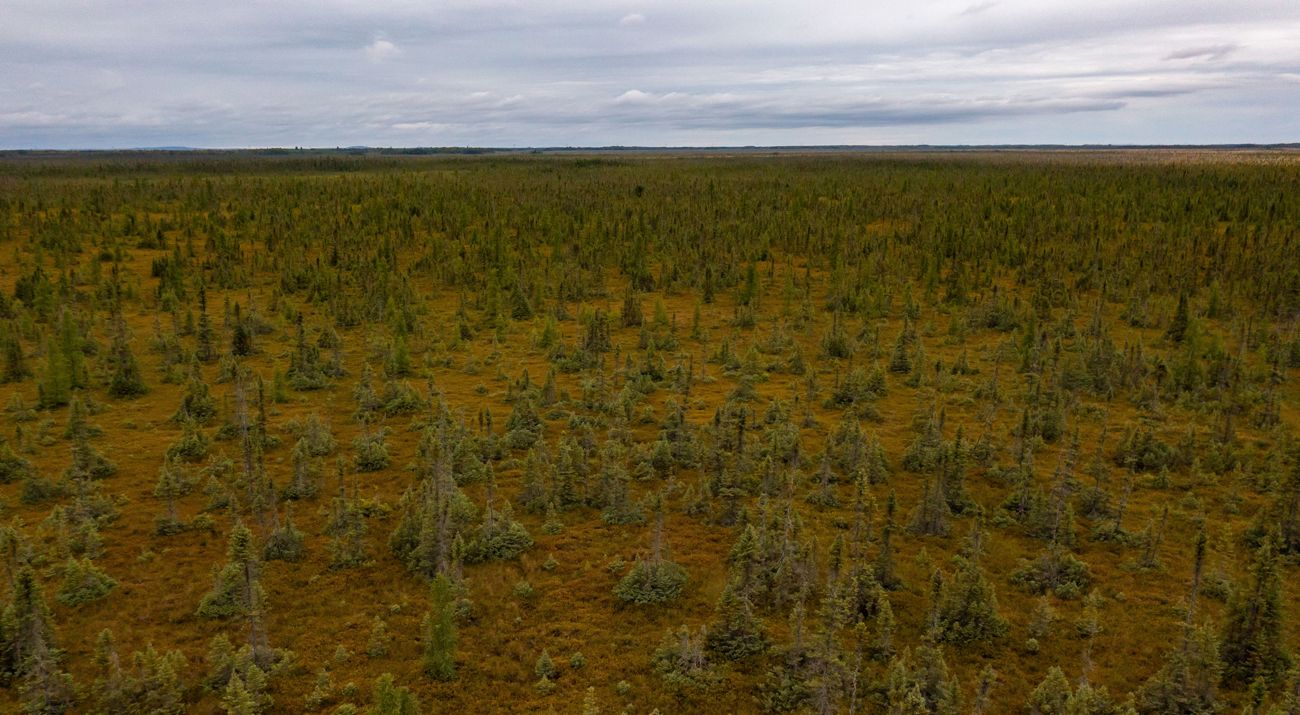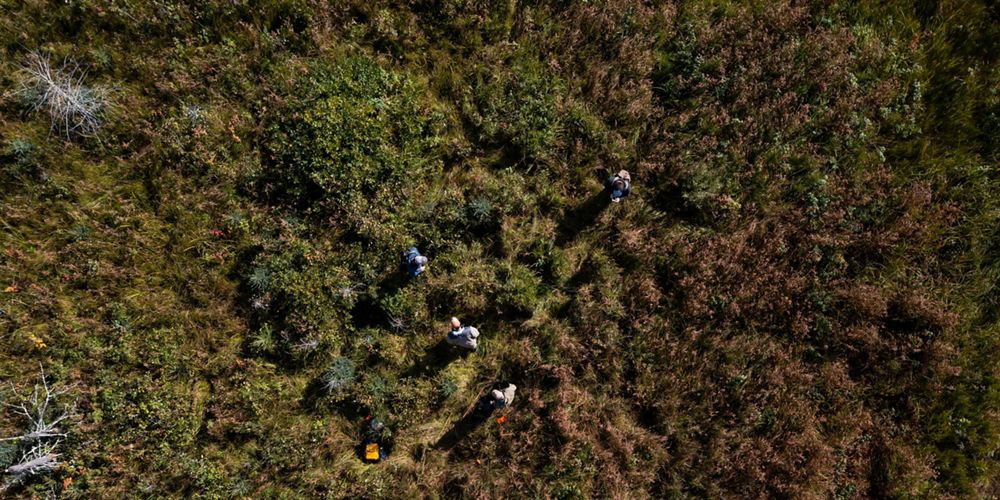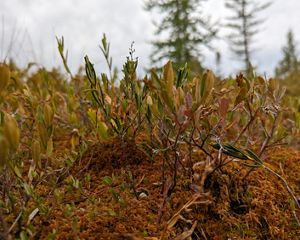Somewhere in northern Minnesota, a team of scientists is on shaky ground.
Clad in chest-high waders and waterproof boots, and wearing heavy backpacks filled with monitoring equipment, the group hikes into Sax-Zim Bog. A squishy mat of sphagnum mosses and other plant material literally trembles under their feet as they walk. Their mission: measure carbon and methane emissions from the bog in order to learn more about its potential for mitigating climate change.
A hotspot for rare birds, the 300-square-mile bog has long been on birders’ radar screens. In addition, more than 3,000 species of flora and fauna have been documented here. Like other wetlands, the bog provides important water filtration and flood control benefits, and it’s a natural sink for carbon storage.
Peatlands (a type of ecosystem that includes bogs and fens) have long been misunderstood, but we’re learning more about these weird and wonderful ecosystems—including how they can help in the fight against climate change.
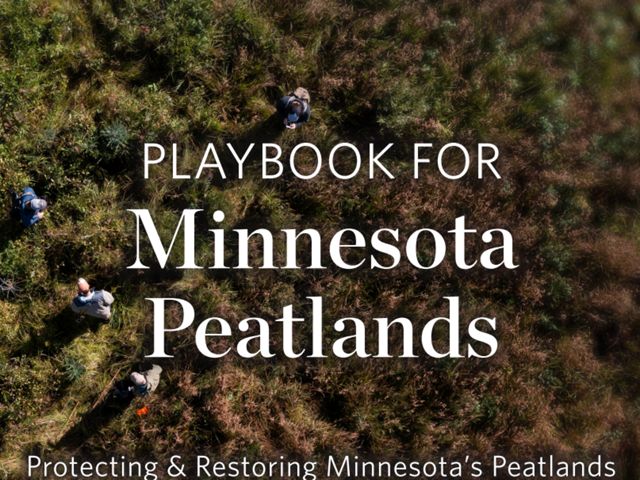
New: Playbook for Minnesota Peatlands
Minnesota's peatlands play a critical role in the carbon cycle and can help mitigate climate change. Our new publication, Playbook for Minnesota Peatlands, describes how we can protect and restore these valuable ecosystems. Explore the playbook below.
Bizarre, Bouncy & Biodiverse
Walking into a peat bog is a surreal experience. Soft, squishy and saturated with water, the ground moves with each step, like a waterbed.
"Peatlands are a liminal world,” says Nature Conservancy Freshwater Ecologist Kristen Blann. “They sort of blend the boundaries between freshwater and terrestrial."
Fruits of the Bog
Get to know some of the unique, rare and regionally significant plants found in Sax-Zim Bog.
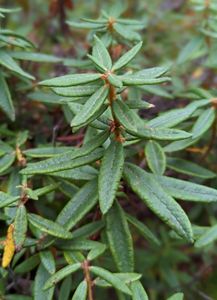
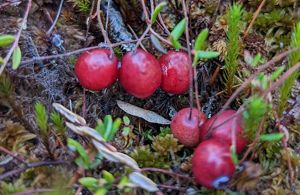
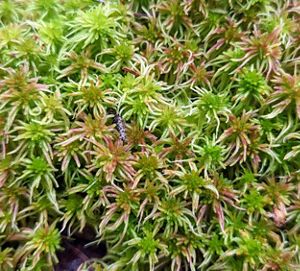
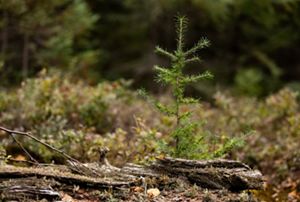
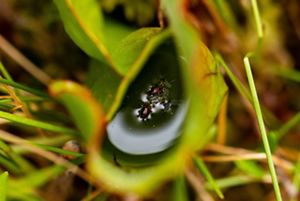

Labrador Tea: A characteristic plant found in bogs throughout Minnesota and Canada. © Alora Jones/TNC

Bog Cranberries: During the fall months, cranberries are ripe for picking at Sax-Zim Bog. © Alora Jones/TNC

Sphagnum Moss: Sphagnum refers to a family of mosses commonly found in peat bogs and encompasses hundreds of different species. © Alora Jones/TNC

Minnesota Peatlands: A small tamarack tree growing in a peat bog. © Derek Montgomery

Carnivorous Plants: Peatlands are home to unique flora, including this carnivorous pitcher plant. © Derek Montgomery
Minnesota’s northern peat bogs are cold, wet and highly acidic—unlike fens, their alkaline counterpart. Fens also receive their water from underground sources, whereas bogs receive theirs from rain and snowmelt.
Composed of layer upon layer of peat soil, or partially decayed plant matter that has accumulated over time, peatlands can be found around the world, including throughout the Northwoods and into Canada and the Arctic.
Quote: Kristen Blann
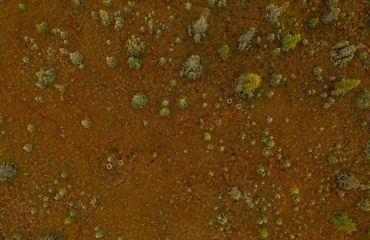
Peatlands are a liminal world. They sort of blend the boundaries between freshwater and terrestrial.
These ecosystems are carbon storage superheroes. They cover only about 3% of Earth’s surface, yet globally they store an estimated 30% of all land carbon. “This means that despite occupying only about a tenth of the same area, the world’s peatlands sequester at least as much carbon as all the world’s forests, if not more,” explains Colin Tucker, research ecologist with the U.S. Forest Service
Peatlands are also home to some bizarre and fascinating species. “Some of the species we have found are pretty rare or regionally significant,” says Clinton Dexter-Nienhaus, head naturalist with Friends of Sax-Zim Bog, which partners with TNC on peatland research.
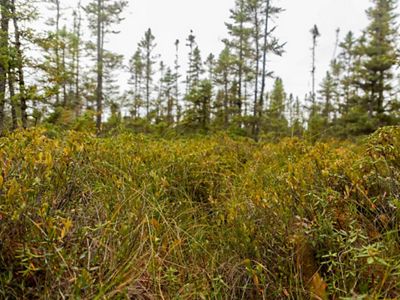
One common family of plants you’ll find in peatlands is sphagnum mosses, which include hundreds of different species. Lightweight clusters of sphagnum mosses create a floating mat across the surface of a peat bog and can absorb up to 20 times their weight in water. This makes peatlands excellent at water storage.
“Sphagnum mosses accumulate plant material that doesn't decompose,” says Tucker. “So as that material builds up, it creates a kind of a sponge that enhances water storage.”
Peatlands cover only about 3% of Earth’s surface yet globally store an estimated 30% of all land carbon.
Minnesota has more peatlands than any other state in the Lower 48—roughly six million acres—and the Northwoods are an important carbon storage landscape.
A Legacy of Alteration
Despite their myriad benefits, peatlands—both bogs and fens—have historically gotten a bad rap. European settlers misjudged these ecosystems as soggy wastelands, and farmers, developers and governments drained them in order to use the land for agriculture and forestry. Many Native Nations, however, understood and valued peatlands and generally resisted attempts to drain them, both on and off reservations.
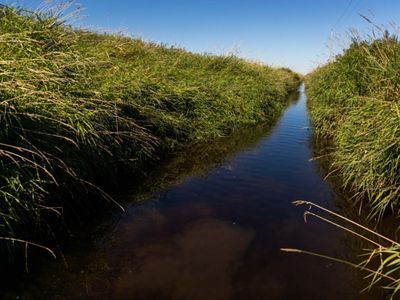
The systematic drainage of peatlands in Minnesota was part of a larger statewide effort in the first half of the 20th century to drain and convert wetlands. Most of the smaller peatlands and prairie potholes across southern and western Minnesota were drained, but efforts to convert the vast network of northern peatlands were largely unsuccessful. Many farmlands there were abandoned and reverted to public ownership through tax forfeit.
Today, most northern peatlands are managed as state and county forest lands, wildlife management areas or other public lands. As natural climate solution powerhouses and providers of important environmental services, they are increasingly being recognized for their value.
Long misunderstood and unappreciated, peatlands are gaining recognition for the carbon storage and other ecosystem benefits they provide.
However, the stored carbon in our peatlands is not guaranteed to stay there. Peatlands can become carbon sources if they are not protected, restored and properly managed. In fact, degraded peatlands account for nearly 5% of human-caused carbon emissions.
Failing to protect Minnesota’s peatlands could have dire consequences. In addition to releasing carbon emissions, peat can fuel catastrophic climate-driven wildfires, as its organic, carbon-rich content enables it to burn at intensely hot temperatures and smolder for weeks or even months at a time. The Greenwood Fire of 2021 that ripped through northern Minnesota burned down through several feet of peat soil in some places.
To keep Minnesota’s peatlands as a climate asset, we must act swiftly. Utilizing strong partnerships, creative project design and dedicated funding, TNC and partners are working to protect these incredible landscapes and studying the best approaches to restoring them.
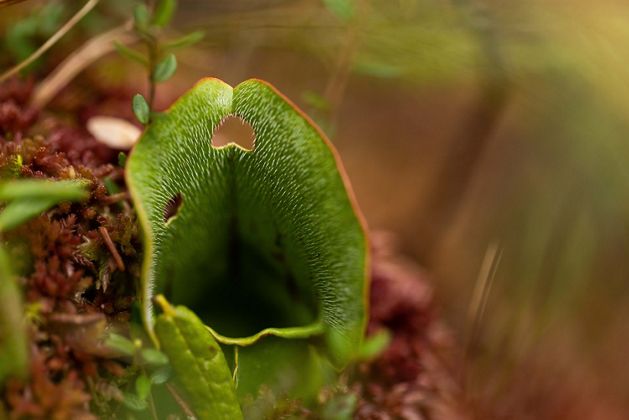
Need more nature news?
Sign up for our monthly e-newsletter and get more of the news you want.
A Playbook for Peatland Restoration
Sax-Zim Bog’s layers of mosses and partially decayed plant matter contain thousands of years’ worth of carbon. Scientists are racing against time to learn how they can restore degraded peatlands before significant warming from climate change puts these ecosystems at further risk.
Around the world, climate change is causing more extreme weather conditions, such as the severe drought that has lowered water tables in Minnesota to unprecedented levels in recent years. The drought, combined with warming temperatures, threatens to turn peatlands into a net source of carbon emissions.
But protection and restoration could maximize these landscapes’ ability to store carbon. The first order of business is to protect intact peatlands from direct conversion to agriculture, development and mining. Next, restoration approaches could involve plugging ditches, re-wetting partially drained peatlands and bringing back completely drained or converted peatlands where possible. These approaches are described in a new publication called Playbook for Minnesota Peatlands, developed with technical and financial support from TNC’s Natural Climate Solutions Prototyping Team and the Bezos Earth Fund. The playbook guides restoration practitioners working on and in Minnesota’s northern peatlands.
One short-term impact of restoration is the emission of methane, a much more potent and harmful greenhouse gas than carbon. Scientists are monitoring carbon and methane emissions at various sites across northern Minnesota, including in Sax-Zim Bog
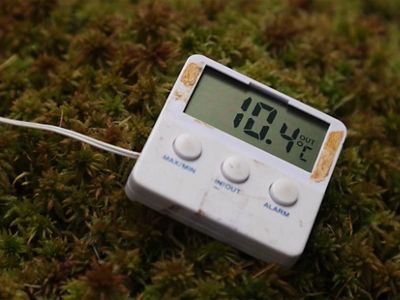
Even healthy wetlands are a significant source of methane emissions, which can spike as a result of efforts to re-wet peatlands. However, most research suggests that the long-term carbon gains from peatland restoration more than compensate for the short-term emissions.
Quote: Christian Lenhart
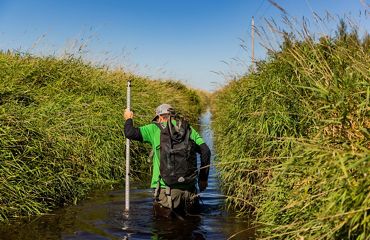
We're trying to understand the relationship between the plant communities, the hydrology and then the gas exchange.
Ongoing research will help scientists understand the best approaches for restoring degraded peatlands while managing the natural carbon and methane emissions that they produce.
“Ultimately, we're trying to understand the relationship between the plant communities, the hydrology and then the gas exchange,” says Chris Lenhart, restoration ecologist with TNC and the University of Minnesota.
Partners for Peat
From initial acquisition of Sax-Zim Bog through a land exchange, to creating a unique funding model to sustain restoration efforts, to scientific research and the development of restoration guidance, the work of preserving Sax-Zim Bog has relied on many hands since the beginning.
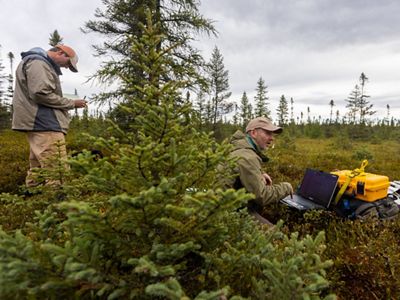
TNC’s partners in researching how to restore peatlands include the USDA Forest Service, Friends of Sax-Zim Bog, University of Minnesota, Minnesota Board of Water & Soil Resources, Minnesota Department of Natural Resources, Michigan Technological University, Ecosystem Investment Partners and Bezos Earth Fund.
